There is a great deal more I could write about Kapiti Island, and I probably will at some point in the future. I hadn’t intended to discuss the place again so soon, but a nasty head cold killed my writing this week and besides, I had too many photos that I couldn’t squeeze in last week. So enjoy more of what this amazing island has to offer, culled from my many trips to the island.
The island has two landing areas. This is the central one, Rangatira. The low area is great for Takahe, Pukeko, New Zealand Pipits, nesting Kelp Gulls and even rarities like Spotless Crake.
As you can see, the chicks of Kelp Gulls (Larus dominicanus) look similar to gull chicks everywhere else. So cute!
The Northern Landing on a glorious summer day. This is where there is a small settlement on Maori land. The local iwi (as Maori tribes are called) work with the Department of Conservation to maintain the island’s predator-free status. If you wish to stay on the island as a visitor this is where you can do it.
At North Landing the gull nests are almost on the paths off the beach.
The whare (pronounced fa-re) is the oldest surviving building on the island, a leftover from the European farming phase of the island. When I spent a week banding on Kapiti this is where I stayed. As you can see it gets awesome visitors. This is a Takahe (Porphyrio hochstetteri).
One bird I have shamefully failed to mention in my previous posts is the Kereru or New Zealand Pigeon (Hemiaphaga novaeseelandiae). Common now both in Wellington and Kapiti, it is better seen at Kapiti as it is much tamer there.
Weka, (Gallirallus australis) the other flightless rails found on Kapiti, will besiege you the minute you step on the island. This chick was hanging around a picnic spot at the northern end of the island, as bold as its parents.
When not inspecting bags for loose food items Weka will indulge in a little preening.
Hard to photograph as they are somewhat shier than their larger relatives, the Red-crowned Parakeets (Cyanoramphus novaeseelandiae) or kakariki are nevertheless common birds on the island.
When New Zealand flax is in flower Tui (Prosthemadera novaeseelandiae) are all over them, and they have the facial pollen to show it! Tui are the largest honeyeater in New Zealand, bossy and noisy. You don’t need to go to Kapiti to see them, but they are there.
Speaking as a bander (or ringer), I’ve handled birds ranging from albatrosses to kinglets, and without question the worst bird I have ever had to get out of a net or handle is the Tui. They combine an ability to get hopelessly entangled with the disposition of a velociraptor, and, if any members of the public are present, they are sure to embarrass you by making it sound like you’re torturing them to death. The only thing that is nearly as bad as them are their relatives the New Zealand Bellbird, handling the two is like fighting with a pair of sewing scissors on the one hand and a pin cushion on the other. Photo of me handling the Tui by Sylvia Ruarus
As discussed two weeks ago Welcome Swallows (Hirundo tahitica) are common self-introduced species.
Everyone loves Kaka (Nestor meridionalis), and while feeding them human food is not allowed, you can try and see if they are interested in wild fruit. Hint, they usually aren’t.
And you can always count on Kaka to put on a show.
At night, a new group of animals emerge. Geckos, Moreporks, and weta, like this guy. Large flightless relatives of the grasshoppers and crickets, weta are unique insects of New Zealand. And the namesake of the famous special effects company, also based in New Zealand.
If you’re lucky enough to be on Kapiti at night, along with the kiwi (which I didn’t photograph, sorry) the island also has nesting Blue Penguins (Eudyptula minor).
Well, like I said, sorry I didn’t have a wordy post today. I’ll be back like usual next week.
All images belong to me and released under a Creative Commons Share-alike Licence. (except Tui in hand, all rights reserved by Sylvia Ruarus) .



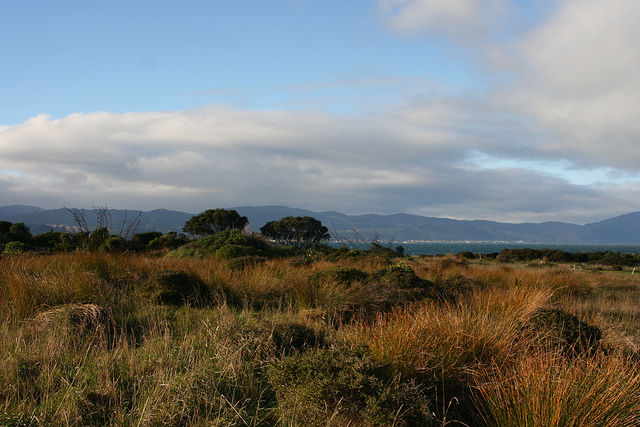
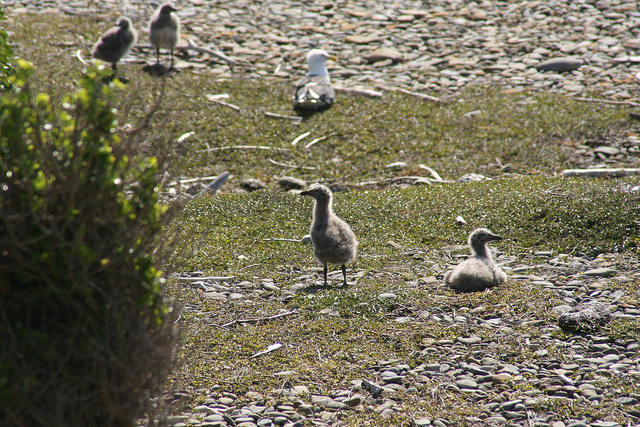
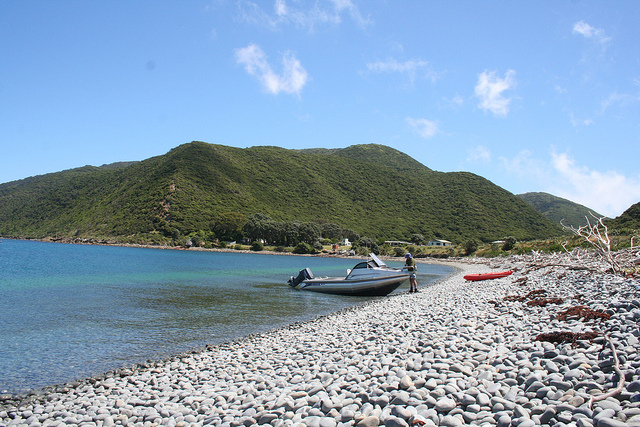
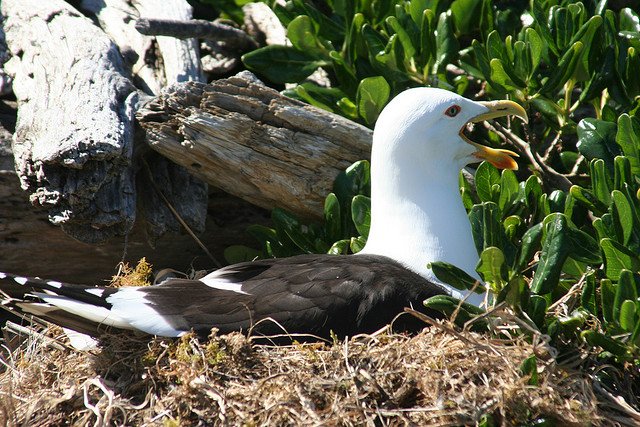
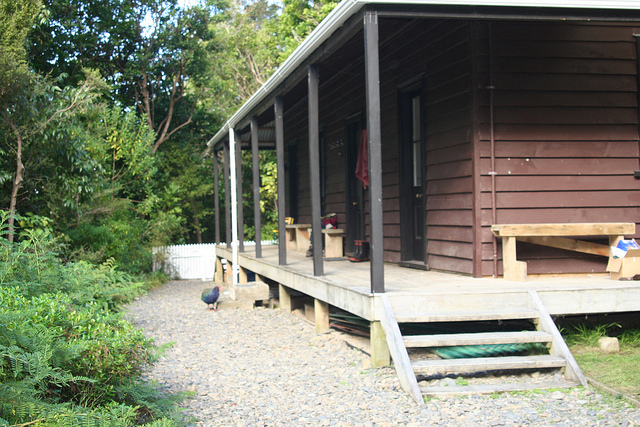
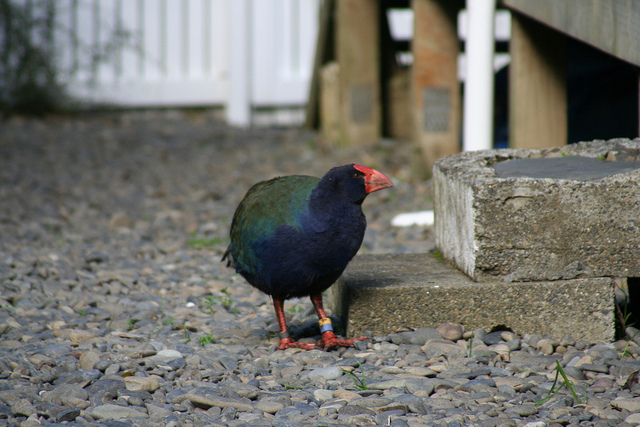
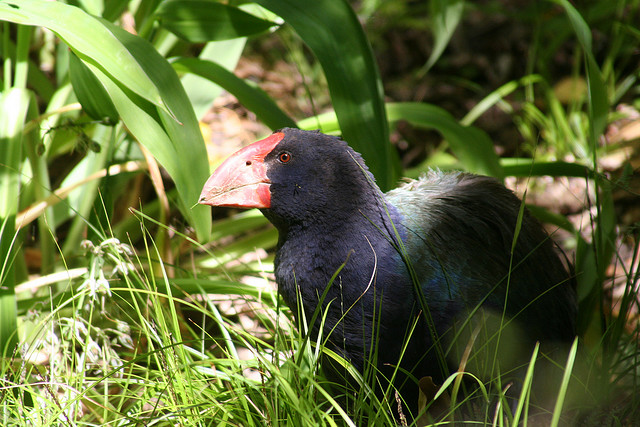
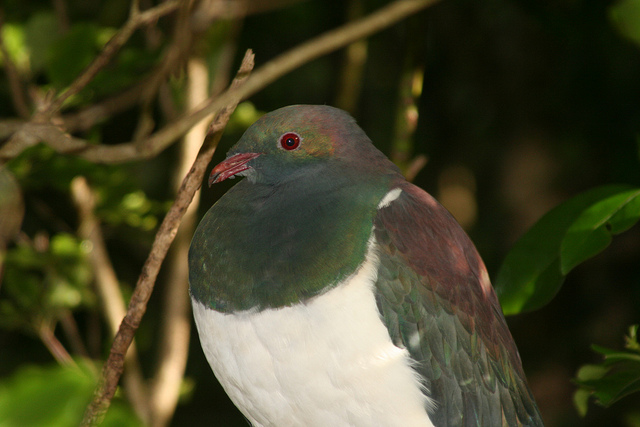
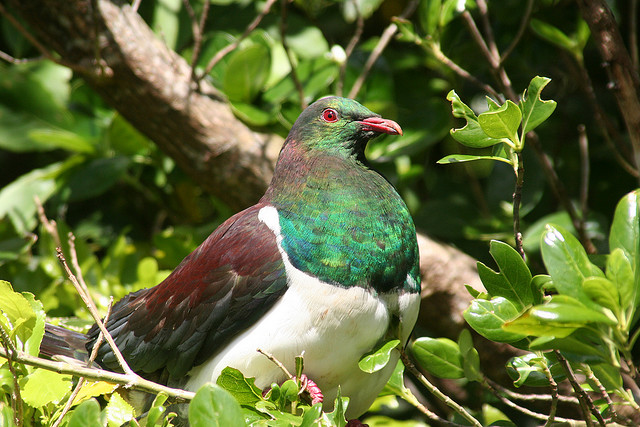
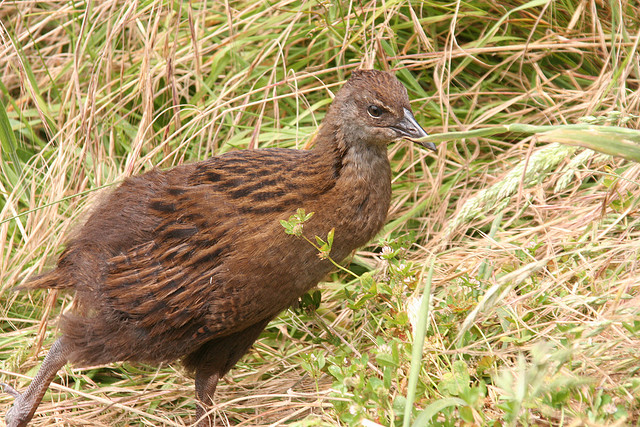
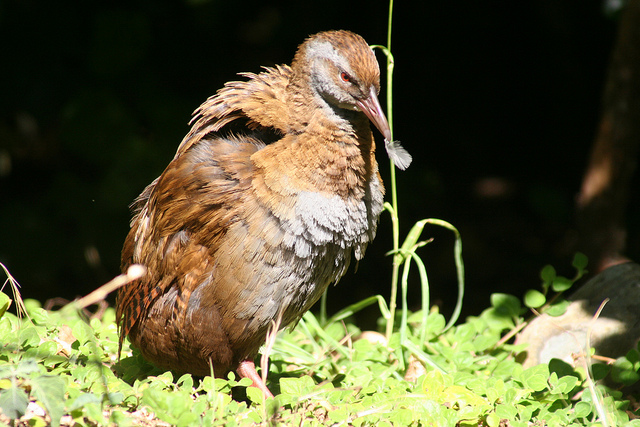
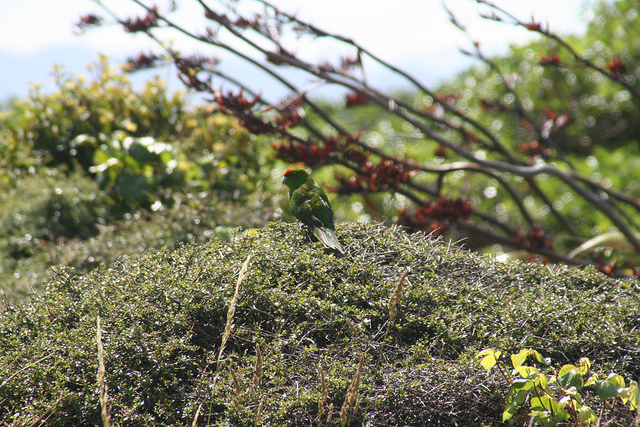
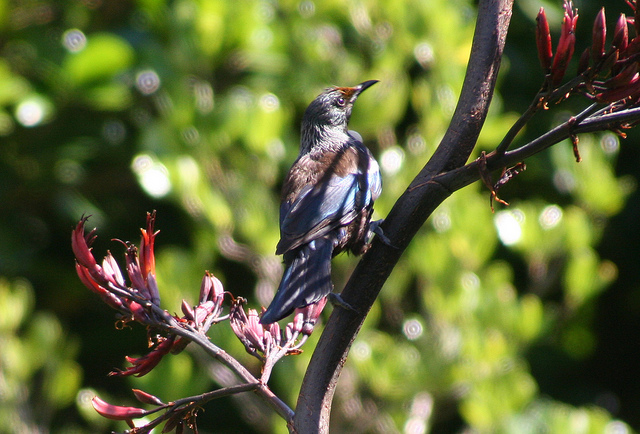
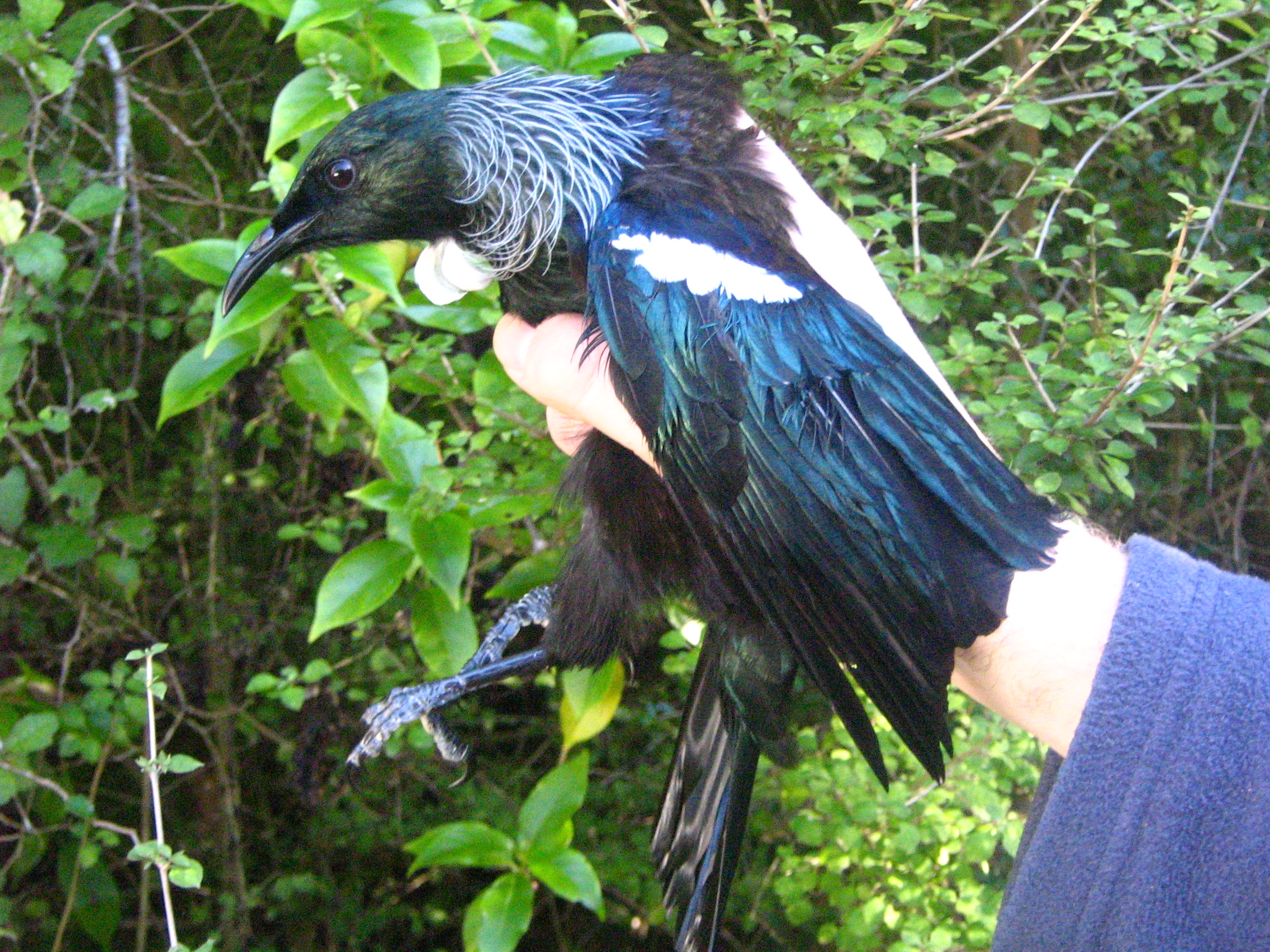
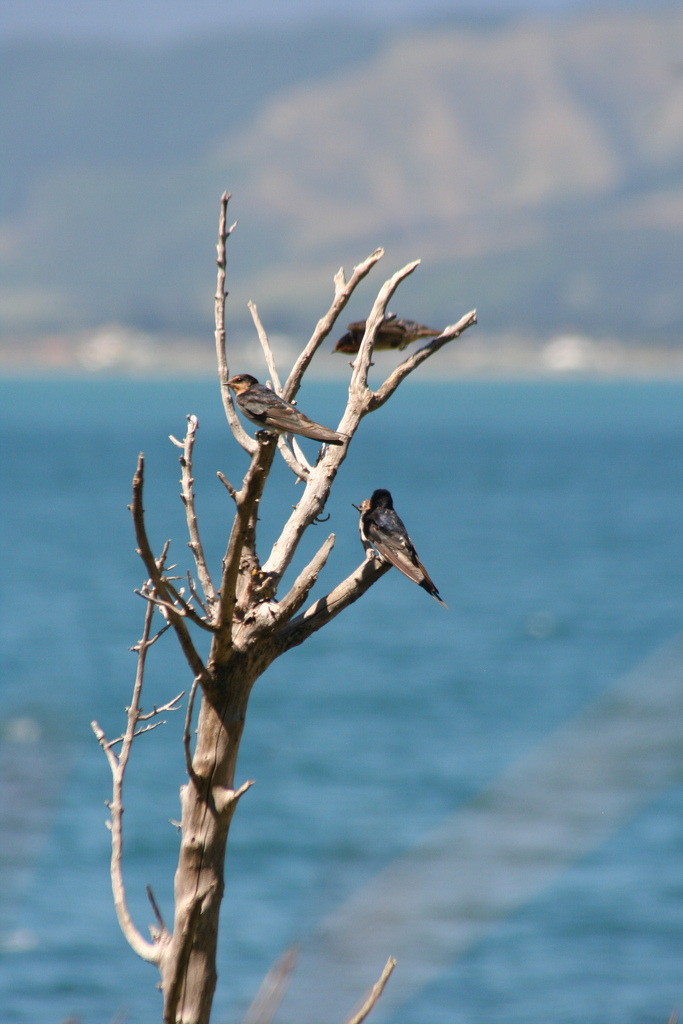
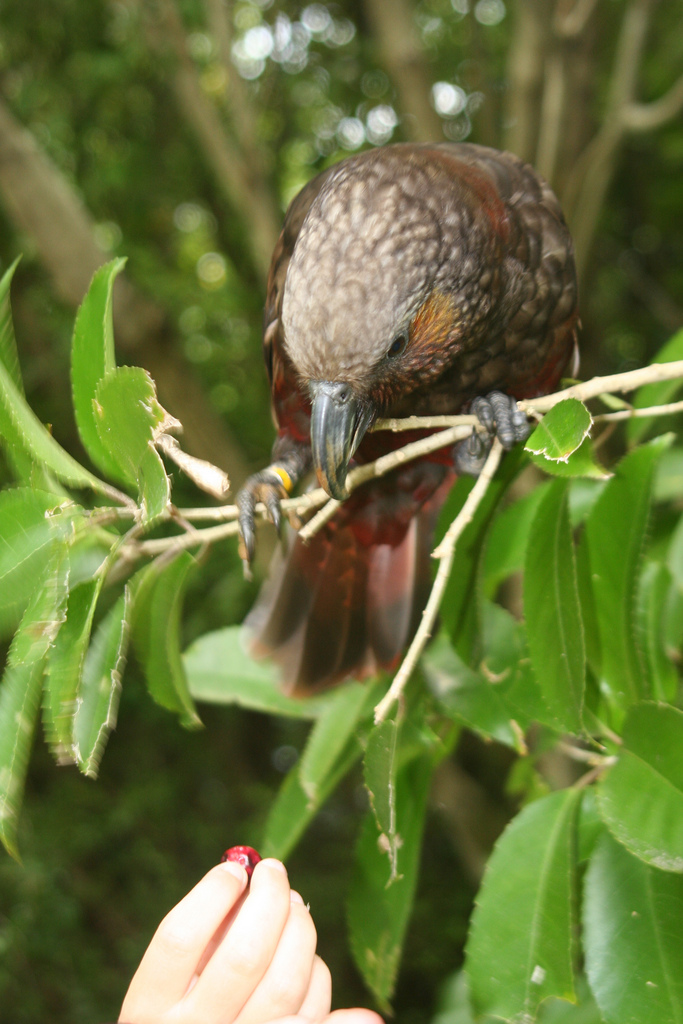
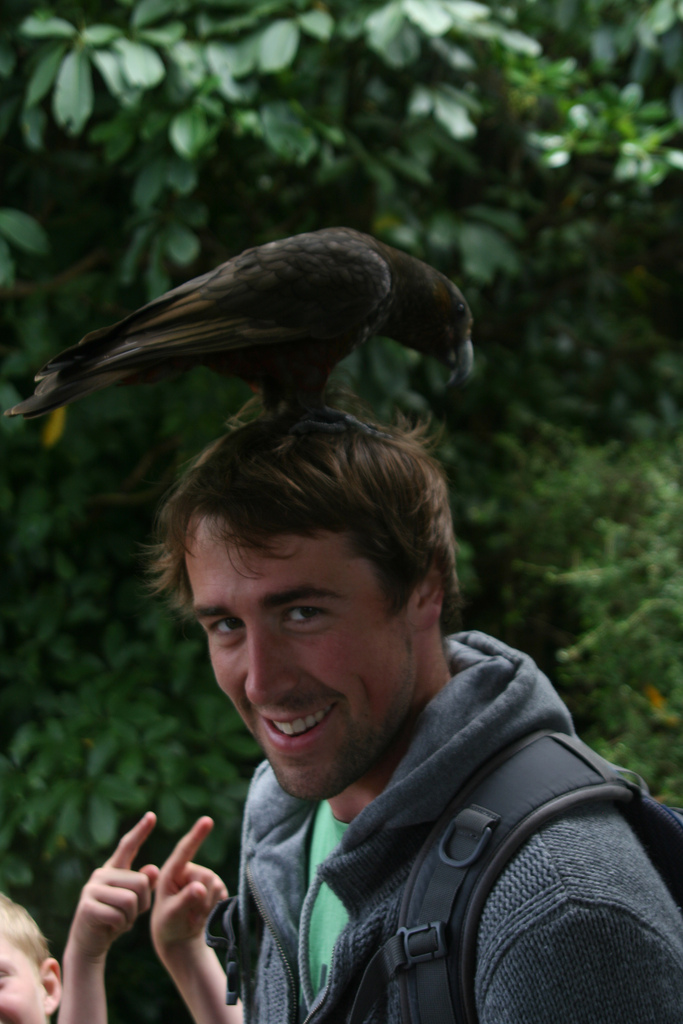
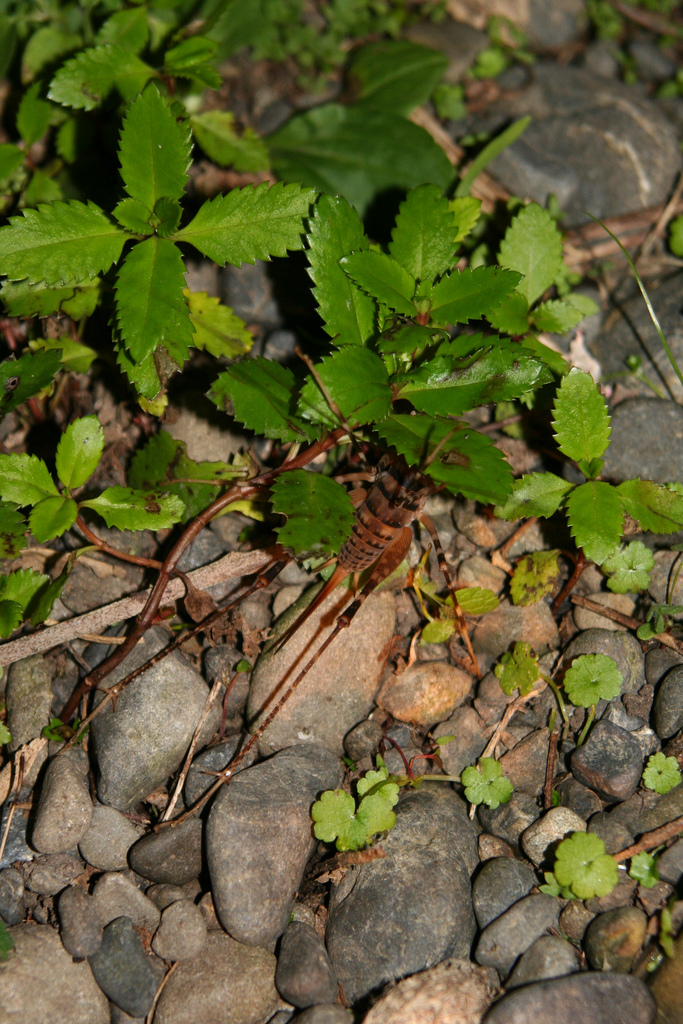
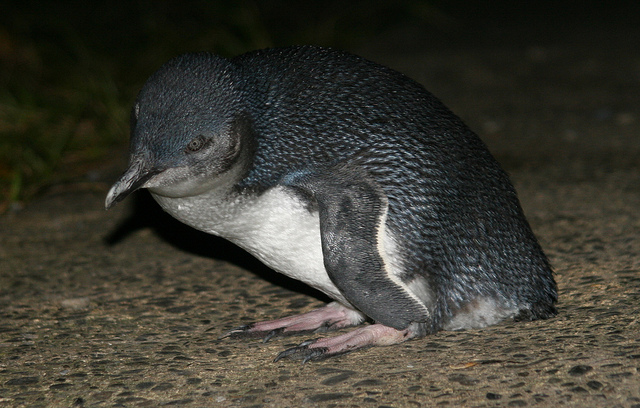






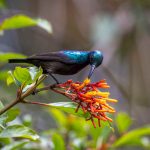


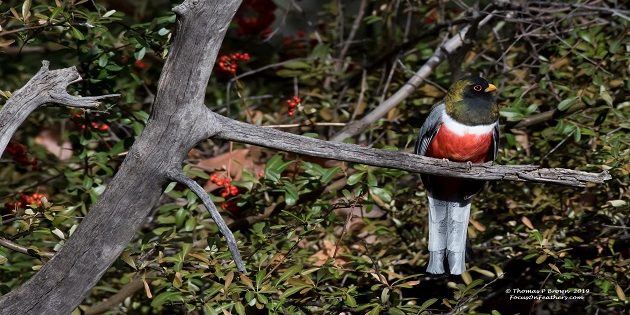

Ouuuuh, sweet weta!
And Tui are such strange, strange birds. They somehow seem to not belong to New Zealand, like an invasive from Papua New Guinea to the land of ferns and mosses.
And I want a Kaka on my head, but I won’t tell you what Germans use the word “Kaka” for. Just don’t be surprised if you show some German tourists said parrot and get a broadly smirking expression as a reaction…
These are wonderful photos of birds I have never seen. I would love to visit New Zealand someday. Thanks for sharing your photos and knowledge.
Kapiti sounds like one of the most fantastic islands in the world.
Stunning birds and post. I am impressed with Kapiti Island and remind me of the speciation that occurred in Galapagos. Thanks for sharing.
@Renato, I suspect it is the same thing it means in Spanish.